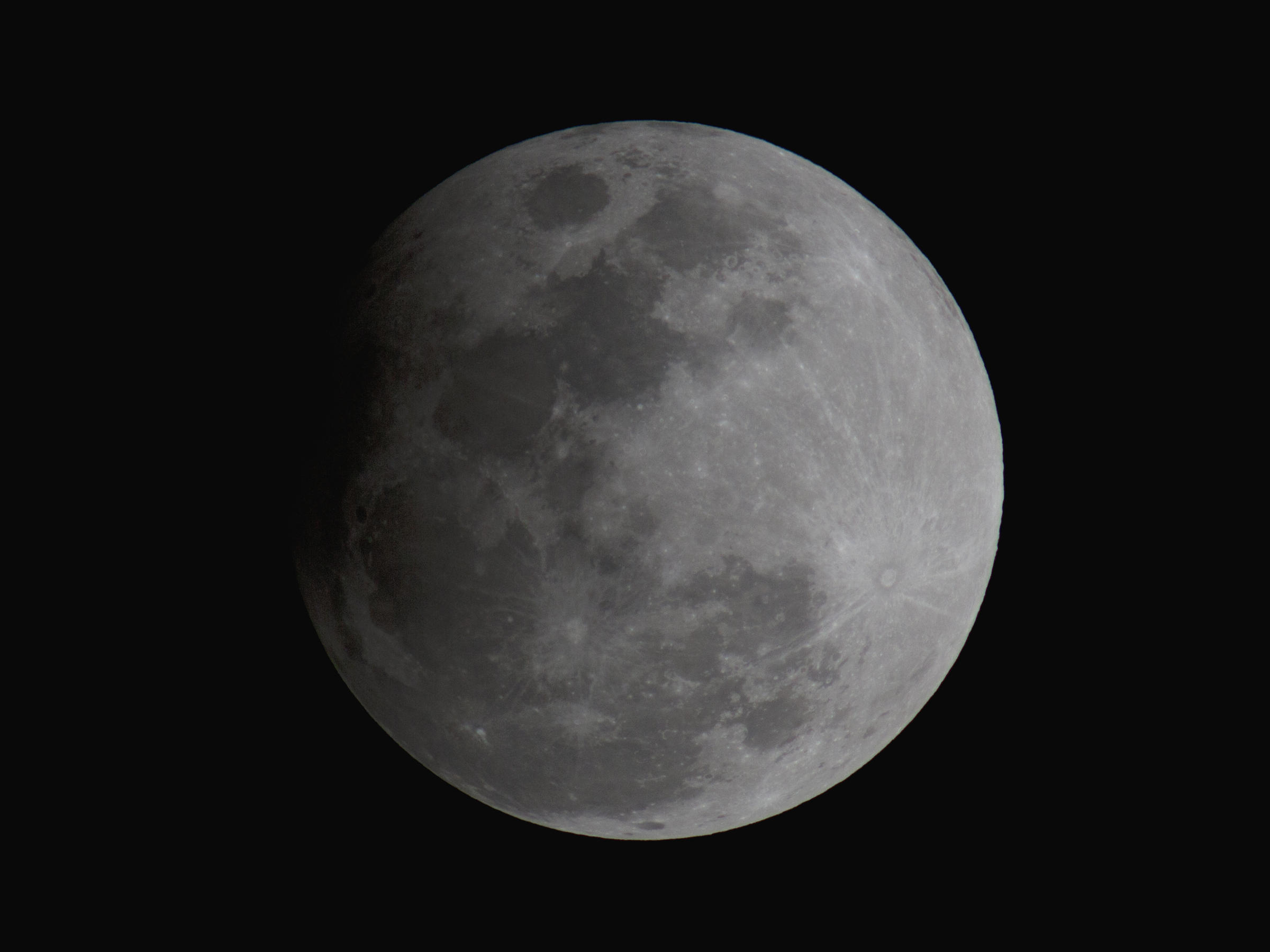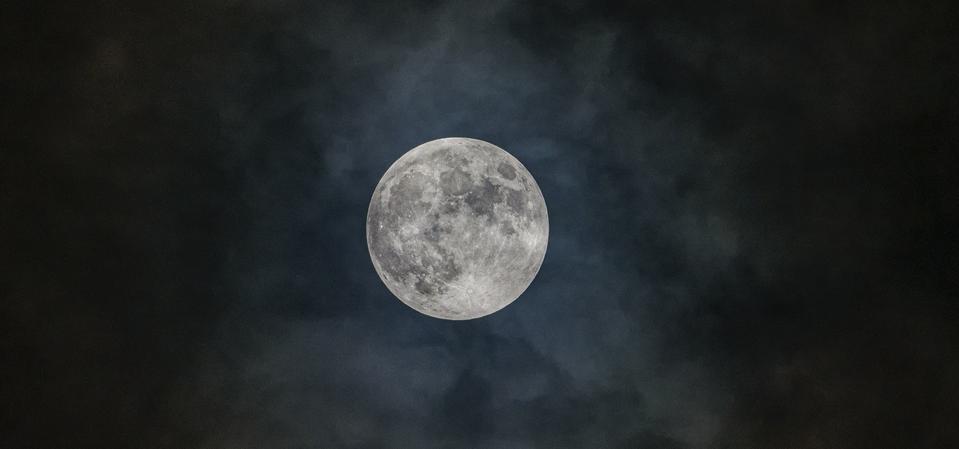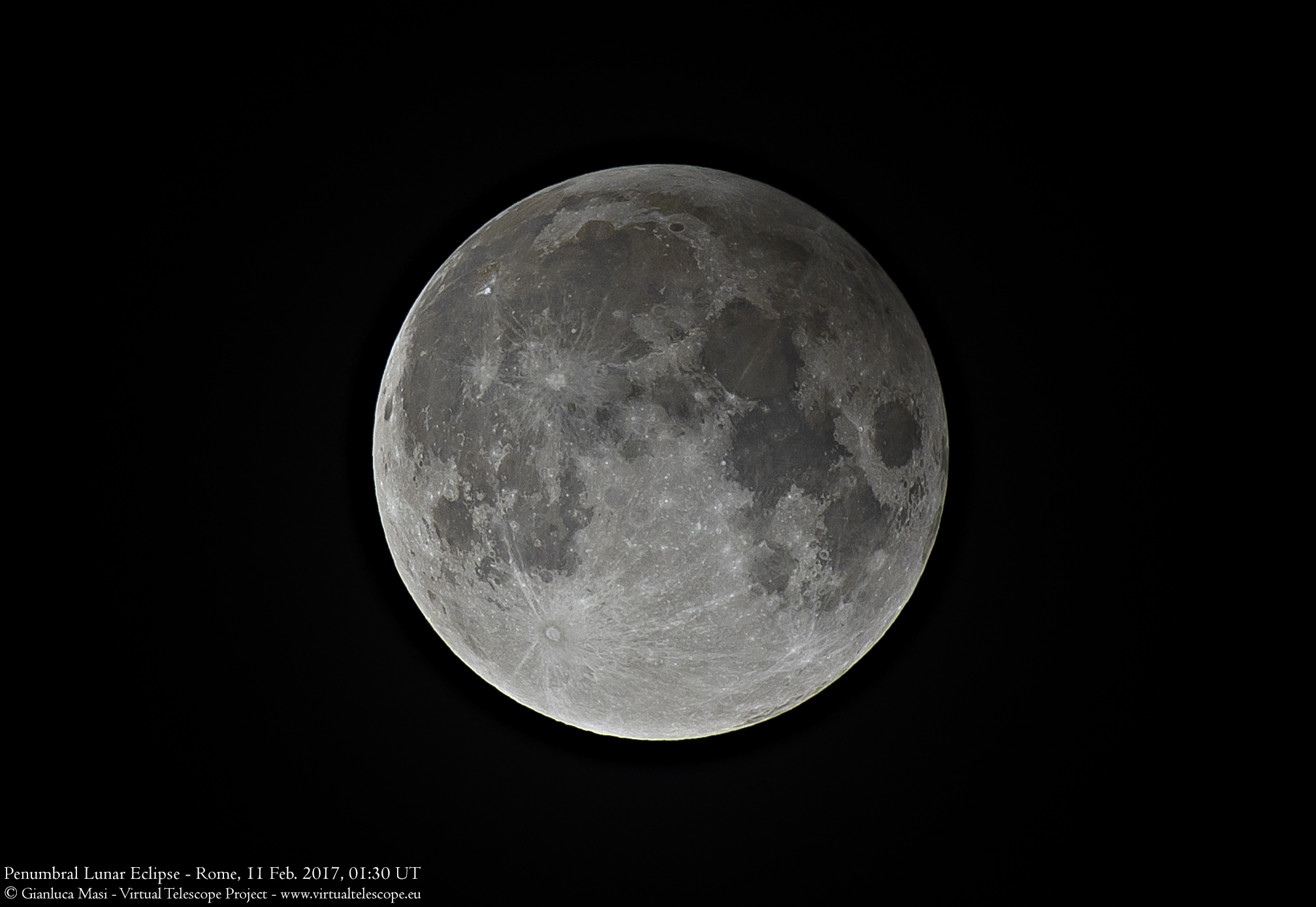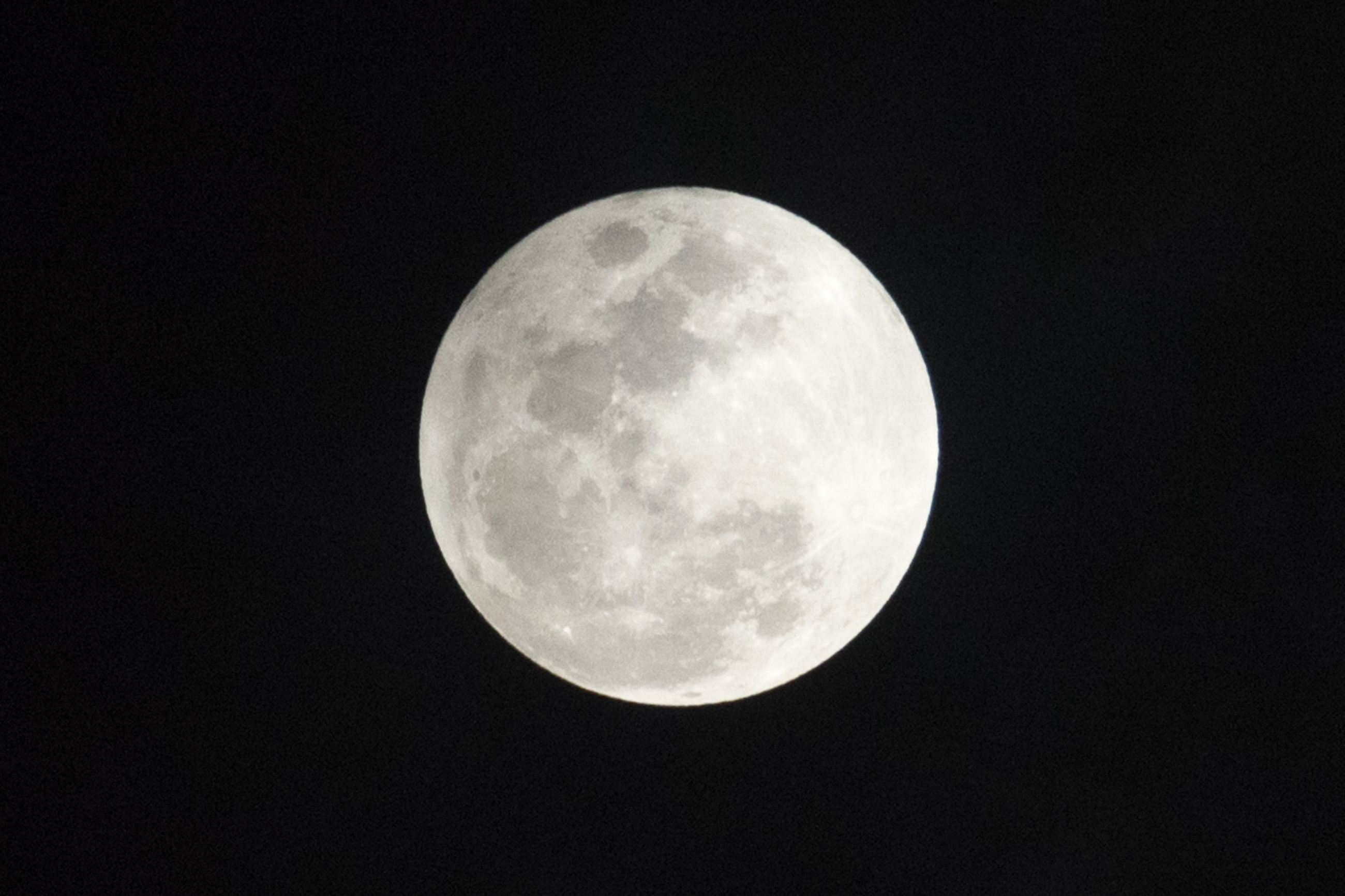
On November 30th, 2020, sky gazers around the world were treated to a spectacular natural phenomenon known as the Frosty Moon Penumbral Lunar Eclipse. This was the fourth and final lunar eclipse of the year and was visible in North and South America, Australia, and parts of Asia.
What is a Penumbral Lunar Eclipse?

A penumbral lunar eclipse occurs when the moon passes through the Earth's outer shadow, known as the penumbra. This causes the moon to appear slightly darker than usual but is not as noticeable as a total or partial lunar eclipse.
Why is it Called the Frosty Moon Penumbral Lunar Eclipse?

The Frosty Moon is the name given to the full moon that occurs in November. This is because it marks the beginning of winter and the first frost of the season. The name Frosty Moon Penumbral Lunar Eclipse was given to this eclipse because it occurred during the full moon in November.
When Did the Frosty Moon Penumbral Lunar Eclipse Occur?

The Frosty Moon Penumbral Lunar Eclipse occurred on November 30th, 2020. The eclipse began at 2:32am EST and reached its maximum at 4:42am EST. It ended at 6:53am EST.
How Was the Frosty Moon Penumbral Lunar Eclipse Viewed?

The Frosty Moon Penumbral Lunar Eclipse was visible to the naked eye in North and South America, Australia, and parts of Asia. Sky gazers were able to see the eclipse without any special equipment. However, for those who wanted a closer look, binoculars or a telescope were recommended.
What Makes a Lunar Eclipse So Special?

Lunar eclipses are special because they are a rare occurrence. They happen when the Earth, moon, and sun are perfectly aligned. This alignment causes the Earth's shadow to fall on the moon, giving it a reddish hue. This is known as a blood moon. Lunar eclipses can only happen during a full moon.
What is the Significance of a Lunar Eclipse?

Lunar eclipses have been a source of fascination and wonder for centuries. They have been the subject of myths and legends and have been used as a way to predict the future. In some cultures, lunar eclipses are seen as a sign of bad luck or a negative omen. In others, they are seen as a time of renewal and new beginnings.
What is the Difference Between a Penumbral, Partial, and Total Lunar Eclipse?

A penumbral lunar eclipse occurs when the moon passes through the Earth's outer shadow, known as the penumbra. This causes the moon to appear slightly darker than usual but is not as noticeable as a total or partial lunar eclipse. A partial lunar eclipse occurs when only part of the moon passes through the Earth's shadow. This causes a portion of the moon to appear darkened. A total lunar eclipse occurs when the moon passes completely through the Earth's shadow. This causes the moon to appear reddish in color, known as a blood moon.
When is the Next Lunar Eclipse?

The next lunar eclipse will occur on May 26th, 2021. This will be a total lunar eclipse and will be visible in parts of Asia, Australia, and the western United States. It is expected to last for approximately 15 minutes.
In Conclusion
The Frosty Moon Penumbral Lunar Eclipse was a natural wonder in the sky that captivated sky gazers around the world. It was a rare occurrence that provided a glimpse into the wonders of the universe. Lunar eclipses are a reminder of the beauty and mystery of the cosmos and inspire us to continue to explore and discover all that the universe has to offer.